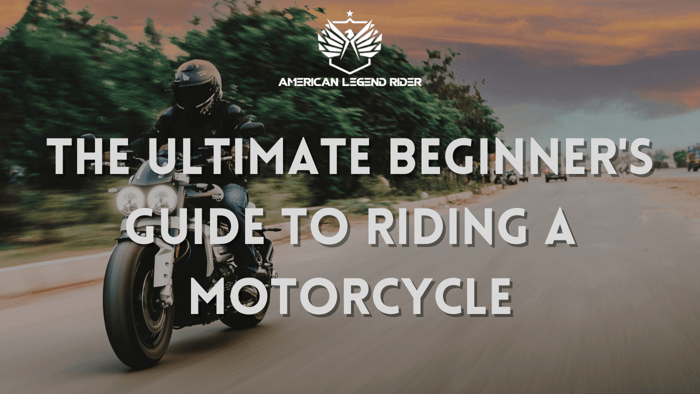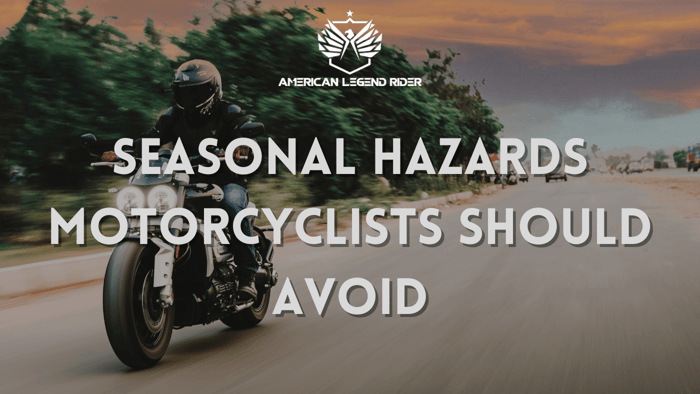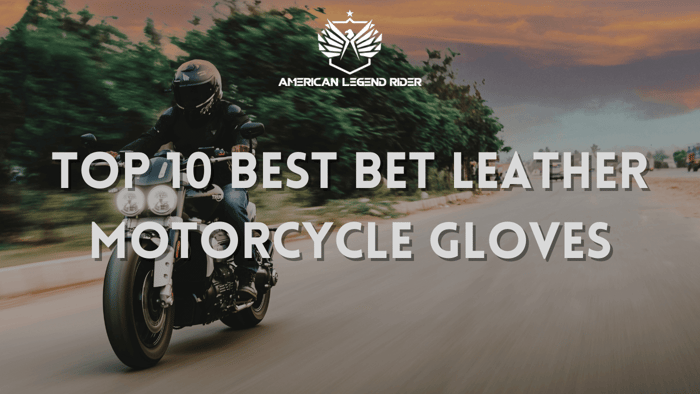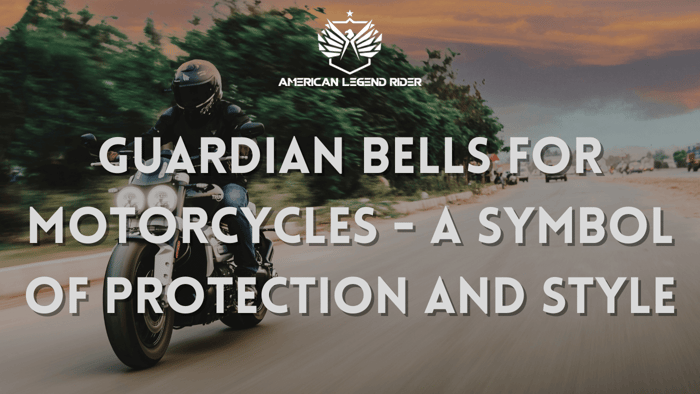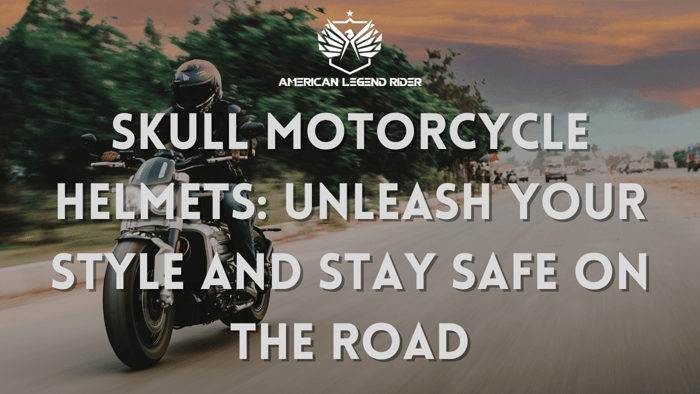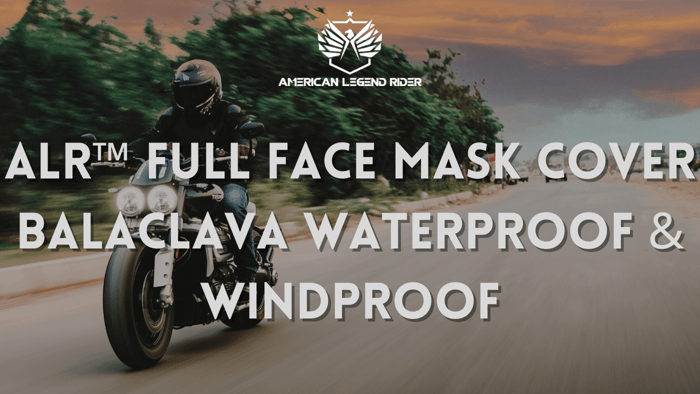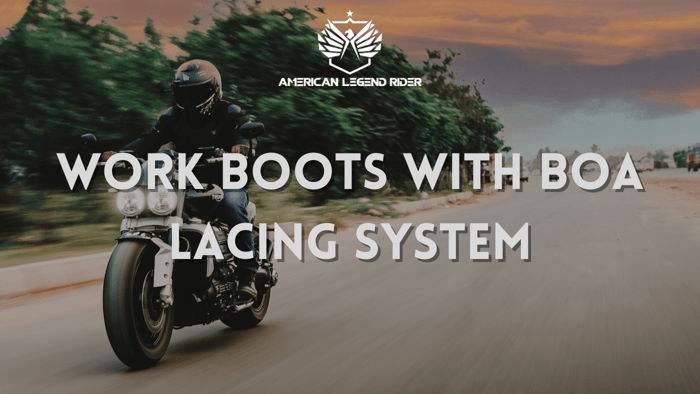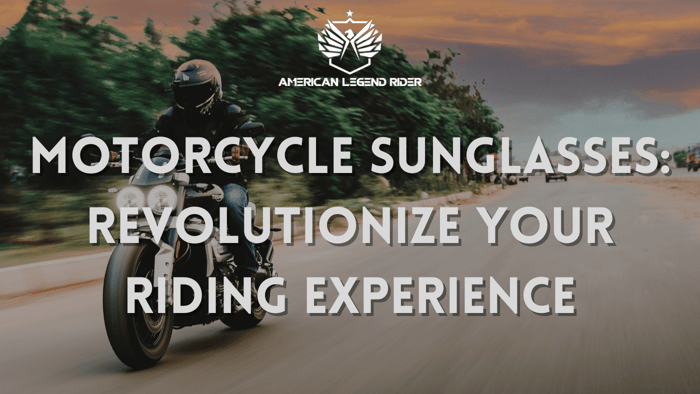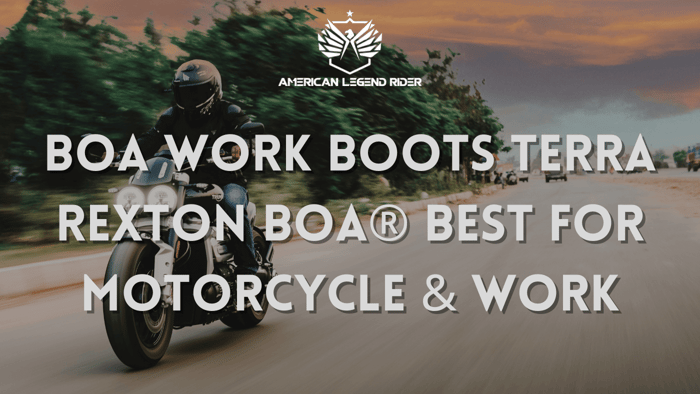So you've finally decided to ride a motorcycle for the first time. It's an experience you've been eagerly anticipating; the thrill of riding a high-speed machine. Motorcycle riding is incredibly fun and gives you a cool and confident look among your friends.
Now that you've prepared all your tools and can't wait to hit the road, it's important to know what you'll need. Being a biker involves much more than just riding. I still remember my first month as a motorcycle rider vividly. I made plenty of mistakes back then.
I had some close calls and made numerous rookie errors that made me feel foolish. Luckily, these experiences are all part of the learning process to becoming a skilled biker. Most of the time, I managed to avoid getting hurt, and I learned valuable lessons from my foolish mistakes.
If you are a beginner or new motorcycle rider, this guide is for you and will hopefully save you from many troubles in the future. More importantly, you learn how to prepare yourself for motorcycling by knowing the right gear to choose, proper bike maintenance, and how to avoid common mistakes. But first, let's begin with the essentials.
Protective motorcycle gear
To many people, wearing the right kind of gear for riding seems like a no brainer. But it is not at all surprising to see some people wearing truly laughable clothing on two wheels. Can you imagine riding your bike in sandals, tank tops or shorts? This puts you straight in danger's way, and your safety is significantly reduced should you get into an accident. Gearing up is the first unwritten rule of motorcycling. But astoundingly, many people do not seem to take it as seriously as it should be.
Since you will be cruising at much faster speeds on your motorcycle, a slight loss of balance will result in a fall. If you are not wearing proper riding gear like riding gloves, motorcycle jacket or riding boots to keep you safe, your chances of survival from a crash are greatly diminished. Most likely you will suffer serious abrasion injuries, break your ankles or break your leg.
To begin with, you should invest in a cool motorcycle helmet. You can find some perfect ones at an affordable price. When shopping for a helmet, make sure it is well-fitting. A helmet is only as good if it fits snugly around your head, cheeks and chin. It is highly recommended that you go for a new helmet as opposed to a used one.
Used helmets may not provide as much protection due to previous wear and tear. It is worth noting the different types of helmets that you can choose from including a full-face helmet, open helmet or a half helmet. I would highly recommend you go for a full-face helmet as a first. It offers more protection compared to the other types and can be used in most riding conditions. A motorcycle helmet is the most essential gear that you can have. According to CDC injury statistics wearing a motorcycle helmet can reduce the risk of death by 37%. Also, helmets reduce head injuries by up to 69%.
The next step is to choose a sturdy pair of motorcycle gloves to protect your hands from abrasion injuries. An ideal pair of motorcycle gloves should have leather construction with ample padding to withstand impact. Other riding accessories such as riding jackets and motorcycle boots will help you protect yourself in the event of a crash, especially when they are armored.
Licensing and training
The best way to get into motorcycling is to have the proper training to learn advanced riding techniques. There are many different ways in which you can revamp your riding skills, including taking a motorcycle riding course or a DMV test. Others prefer to have a friend teach them how to ride a bike. But the truth is, taking a riding course from a certified safety school will have you better equipped and much safer compared to learning from a friend or a family member. If your training only comes from a friend or family member, you are more likely to get involved in a severe accident than if you had trained with a safety school. Getting a motorcycle license may vary depending on which state you live in. In most cases, some states will require you to have a safety course before issuing you with a license. It is therefore vital for you to check with your State's Motor Vehicle department to find out what the requirements for a license are.
Buying a motorcycle
It's anyone's dream to cruise the open road, the wind lashing through the hair on top of a powerful two-wheeler. But the decision to buy a motorcycle isn't quite as carefree and there essential considerations before you can get yourself the right bike.
When you are starting as a new motorcycle rider, you should take a moment to ponder why and when you will use the bike. Depending on your priorities, you can choose from a wide variety of bikes, each with their benefits and disadvantages.
Generally speaking, you will want your bike from several designs such as sportbikes, street bikes, standard/traditional bikes, off-road bikes and dual-purpose bikes. Other factors to keep in mind include the power, engine size, the motorcycles CC, seat structure and overall comfort of the bike. It is, however, advisable that you go for a moderately powered bike as a new rider until you get a hang on the riding.
Consider also the budget of the bike that you want and avoid splurging on your first bike. As you will find out, the more advanced you become as a biker, the more power you will need or certain qualities which is why you should spend small on your first bike. Prices for a new motorcycle vary anywhere from under five grand to upwards of $25,000. Make sure you do enough research before deciding to buy a bike. The more research and knowledge you have about what you want, the happier you will be with your purchase.
How to maintain your new bike
If you are a new rider, chances are that you will go for a much cheaper used a motorcycle as a first bike. This acquisition will not break your bank compared to getting a brand new bike from a dealership.
However, the catch of getting your bike at a lower price could mean you will need to spend more on maintenance. It's wise to make sure that the bike is mechanically sound by taking it for a check once in a while. If you are unsure about the mechanical condition of your bike, it is best to have an experienced rider take it out for a rider to ascertain nothing is broken or faulty. A damaged bike could affect your riding experience and compromise your safety. Typically, you should look out for the following during maintenance check:
- Oil- make sure that your newly acquired bike has enough fuel to keep it running smoothly. Ideally, you want to change the oil immediately you get the bike to be sure. It's always a good idea to have the oil levels checked often and replaced when needed.
- Tires- tire treads will ensure you get maximum traction on the road and keep you safe. All tires come with wear bars to indicate when you need to replace the tires. Check the overall condition of the tires to ensure they do not have cracks or openings that might deflate it. If they are old, it is best to replace them with new ones as soon as possible.
- Tire pressure- the right amount of tire pressure is crucial to the maneuverability of the motorcycle, especially when making turns. If your tires are a bit deflated, you will feel sluggish when taking corners. You can find the proper pressures for each tire in the owner's manual or by looking up online. The right tire pressure ensures that you are in control of your bike and that it doesn't feel sluggish at times.
- Cables- the cables of your bike should be in a proper working condition and functioning as they should. Quite often, they get stuck and cause carnage at the least expected moment. For instance, they could result in inconsistent braking or sudden jolts in speed.
- Lights- your headlights, turn signal lights, and brake lights are crucial for your safety on the road. Check that all the lights work.
Once you've checked for the basics, it's time to take your bike for a test ride.
Taking to the streets and freeways
As a beginner, you will need to do enough practice before you take on the more challenging roads. A better way to start would be in a parking lot or a surface street in your neighborhood with low traffic. This will allow you to polish up your riding skills and grow your confidence. As you continue to gain more experience and skills, you can then venture into the unknown road territories for the ultimate test.
After a while, you will need to ride your motorcycle on the freeway or highway where the speed requirements are much higher. High speeds on a motorcycle can be quite nerve-wracking at first, but it will take getting used to these speed levels. Also, the experience of cruising at high speeds on a motorcycle is quite different from that of a car. For example, a 60 mph speed on two wheels is different from the same speed on a vehicle. This is because of the turbulence, wind noise, bumps and the fact that you are more exposed.
Despite being a scary experience at first, you will soon feel more comfortable under these riding conditions. In fact, this is the most thrilling aspect of being a motorcycle rider. You derive happiness and freedom from the vulnerability that you are exposed to in an open riding environment.
Safety precautions and mistakes you should avoid
As new riders, we've all made the mistake of releasing the clutch too fast and stalling the motorcycle. In case this happens, you should not panic. Always remember to stay calm and then restart your bike. It's embarrassing to stall your bike, but we've all been there, and it's something you will laugh about in the future.
Not tying your shoelaces- it's not all uncommon for your laces to get stuck in the pegs when riding your motorcycle. This can prevent you from putting your foot down when you pull up to a red light and cause you to fall over. That's why it is recommended that you always ride with leather biker boots with proper height for added protection. To ensure your shoelaces won't catch on the peg, tuck them in the shoes.
Another common mistake new riders make is to confuse the controls. If you are unfamiliar with the right controls, it is best to learn them before hopping on the bike. This will save you from dangerous distractions on the road as you fiddle with the buttons. Make a mental map of where each control is located on the bike, especially on the bars. This includes the turn signals, horn and lights.
Before setting out on a journey, ensure that there's enough fuel in the tank. Having a reserve fuel tank will take you an extra 20-30 miles when you run out of gas which should be enough to get you to the nearest gas station. Telltale signs that your bike is running low on gas is when you feel it has started losing power. The first thing you should do is to head to a gas station immediately.
On the road, never assume that other motorists can see you. Always ride as if everyone else doesn't see you to avoid putting yourself in dangerous situations.
Many riders will crash in their first month, but if you manage to keep yourself and motorcycle intact, then you will be well ahead of the learning curve.
